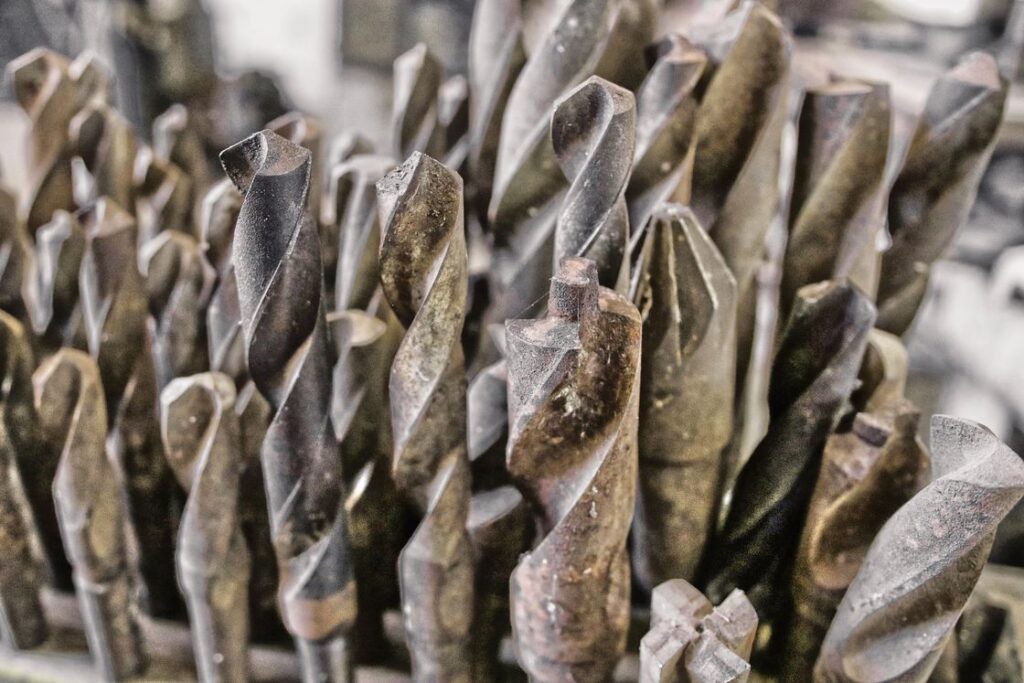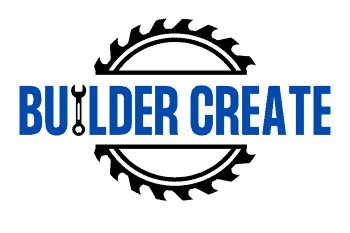You’re probably handling solid concrete and are using wedge anchors to drill in concrete. If you want to know what size drill bit for a ⅜” wedge anchor is, read more below about the diameter and length.
Contents
What Size Drill Bit for a 3/8″ Wedge Anchor?
For a ⅜” wedge anchor, you should use a ⅜” drill bit size which is the same as your wedge anchor diameter. When it comes to length, make sure that you drill at least ½ deeper than the length of the wedge anchor much like how you would with Tapcons.

Drilling the hole a bit deeper than the length of the anchor allows for easy removal if needed. Anchors work by the following mechanisms:
- Adhesive bond
- Wedging
- Friction
- Threaded
- Clamping
Each has its own advantages and it depends on what you prefer like easy-to-use fast installation, support for weak materials, and many more. Wedge anchors are only used for solid concrete, unlike screws which can be used on a wide variety of surfaces.
Tips for Using Small Drill Bits
Place a Mark
This is helpful, especially if it’s your first time drilling. Drill bits tend to move around when it’s your first time drilling, or you have unsteady hands. This causes inaccuracies in your work that could prompt you to start over again with a new piece.
To avoid this, measure where you want the hole to be and mark it. You can use a center punch and hammer to make a small dimple as a marking. This makes it easy for you to feel the mark as it is below the surface level. It also makes the drilling easier and more accurate.
Never Force the Drill Bit
It’s not a good decision to force the drill bit through the material most of the time. The speed of the drill bit won’t change even if you force it through, and it will only do more harm than good.

You also might end up breaking the bit if you’re being forceful. Small drill bits are usually brittle so you need to use them carefully. Forcing it through also blunts the bit’s tip, making it unusable.
In the end, you want to ensure that the drill bit you’re using is compatible with the surface. If it is and still doesn’t drill effectively, other underlying problems might need to be addressed.
Lubricate Drill Bits to Make Them Last Longer
Lubrication decreases the friction between surfaces. This means less heat is generated, making your drill bits less compromised when they’re not that heat resistant. It also keeps your drill bits working longer since it coats the drill bit with protection against rust and other stuff.
Some surfaces like aluminum, brass, or cast iron don’t necessarily need lubrication to drill properly. It doesn’t always have to be the case as lubrication also offers other things.
Lubrication boosts your drilling speed since there is less friction. If you’ve drilled with and without lubrication, you probably noticed that drilling without lube is slower, especially if you’re not forcing your way through.
Conclusion
Wedge anchors are solid choices for drilling into concrete and there are a variety of ways you can install them. Make sure to measure the diameter and length before drilling so you won’t get a hole that is too tight, too short, or too loose.
